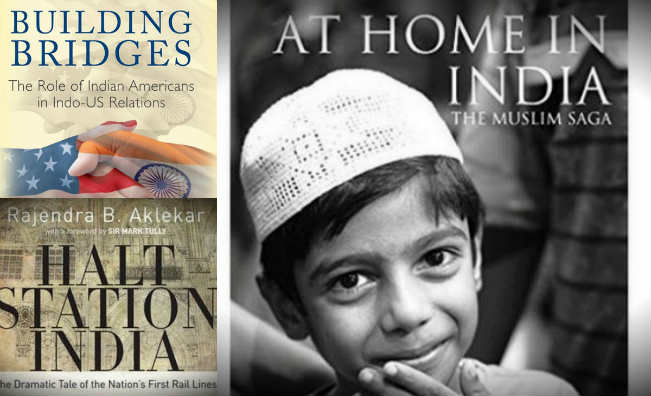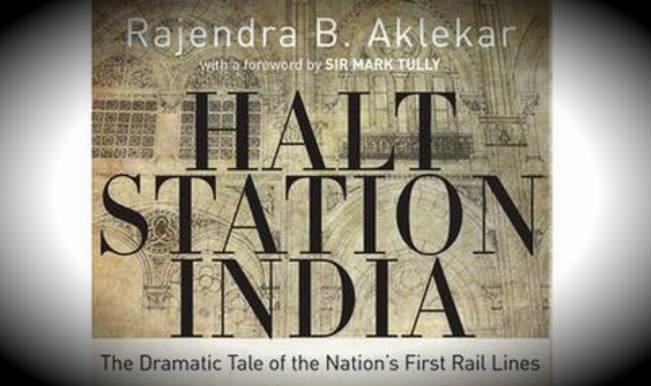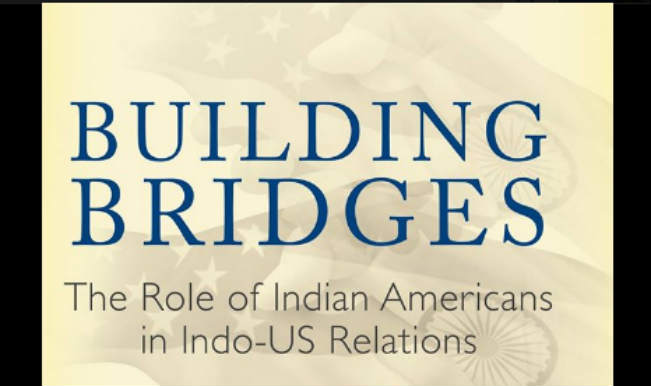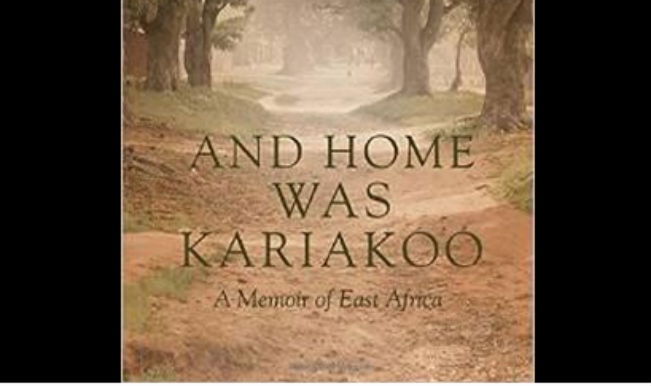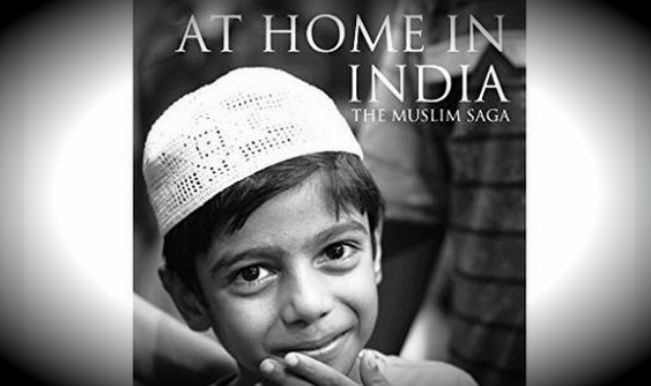Two weeks after highlighting the fact that the dining car of the iconic Mumbai-Pune Deccan Queen had been discontinued leading to strong reactions from regular commuters and rail fans, the Central Railway said they will get it back. Officers said they were working on building a new dining car for the Queen at its Parel workshop, trying to be readied by the train's 86th anniversary.

Moreover, they have now invited also suggestions from commuters with ideas on how the interiors of the train should look like.
"There is good news. The Deccan Queen will get a new dining car," tweeted Narendra Patil, chief spokesperson of Central Railway, breaking the news, leading an overwhelming reaction.
Patil said that we want the regular commuters and railfans to decide how should the interiors of the trains be designed. "All suggestions are welcome and they can be sent to us on our official email or tweeted onto the @Central_Railway twitter ID which we monitor every single day," he said.
Another top official said that the car is going to be manufactured at the Parel workshop. "Basically, a pantry car is being redesigned as a dining car and it will take two to three months to complete the entire process. The 86th anniversary of the Deccan Queen falls in June as it was on 1 June, 1930 that the rain had first run. We are trying to complete the process by that date but it looks difficult," the official added.
He said the Chief Mechanical Engineer (CME) is open to suggestions from railfans and users on the colour scheme, furnishing and decor of the interiors.
The iconic dining car had been discontinued after its codal life was over and it has been replaced with normal pantry car. The dining car offered a table service for 32 passengers and had modern pantry facilities such as microwave oven, deep freezer and toaster. The dining car had also been tastefully furnished with cushioned chairs and carpet.

Moreover, they have now invited also suggestions from commuters with ideas on how the interiors of the train should look like.
"There is good news. The Deccan Queen will get a new dining car," tweeted Narendra Patil, chief spokesperson of Central Railway, breaking the news, leading an overwhelming reaction.
Patil said that we want the regular commuters and railfans to decide how should the interiors of the trains be designed. "All suggestions are welcome and they can be sent to us on our official email or tweeted onto the @Central_Railway twitter ID which we monitor every single day," he said.
Another top official said that the car is going to be manufactured at the Parel workshop. "Basically, a pantry car is being redesigned as a dining car and it will take two to three months to complete the entire process. The 86th anniversary of the Deccan Queen falls in June as it was on 1 June, 1930 that the rain had first run. We are trying to complete the process by that date but it looks difficult," the official added.
He said the Chief Mechanical Engineer (CME) is open to suggestions from railfans and users on the colour scheme, furnishing and decor of the interiors.
The iconic dining car had been discontinued after its codal life was over and it has been replaced with normal pantry car. The dining car offered a table service for 32 passengers and had modern pantry facilities such as microwave oven, deep freezer and toaster. The dining car had also been tastefully furnished with cushioned chairs and carpet.


.jpg)






















